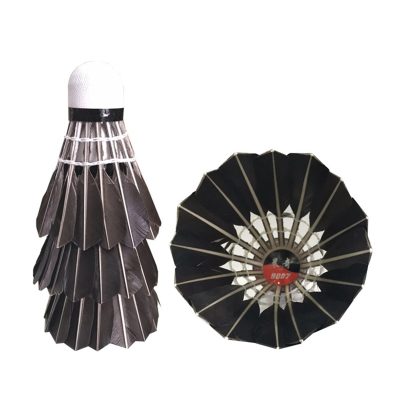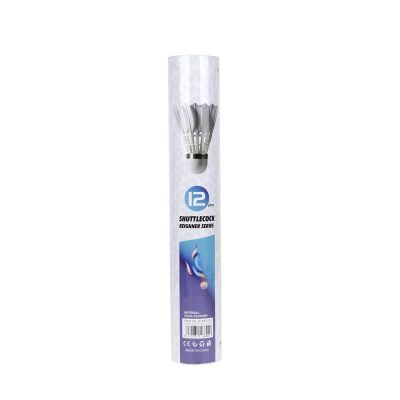Classification of badminton feathers (difference in raw material grades): 1. Goose feather material: feathers in mainland China are divided into three major producing areas Sichuan wool: from April to July every year, East China wool: (Anhui, Jiangsu, Zhejiang), from July to October every year in the northeast Mao: (Three Northeastern Provinces), from October to December every year, we manufacture badmintons that are good to play and suitable for weight. We mainly use Sichuan wool to manufacture durable and beautiful badminton balls, mainly from Northeast China. The one that suits you is the best, go and choose one! 2. Feather cutting rate: a duck has about 16 feathers on the left and right wings on average. A goose has an average of about 20 feathers on the left and right wings. Above the competition level (A), the left and right wings have about 3-4 ducks and 5-6 geese. Standard class (B), left and right wings, about 4 ducks and 4 geese. Standard class (C), left and right wings, about 4 ducks and 4 geese. A badminton needs 16 feathers arranged at the same angle to form a good flying ball. In addition, the feathers are white and smooth in appearance, so it can be called a super badminton. Classification of badminton heads According to the materials used, there are three common types: rigid plastics, foamed plastics, and cork. The first two are mainly used for low-end recreational shuttlecocks, with low cost and poor performance.


























